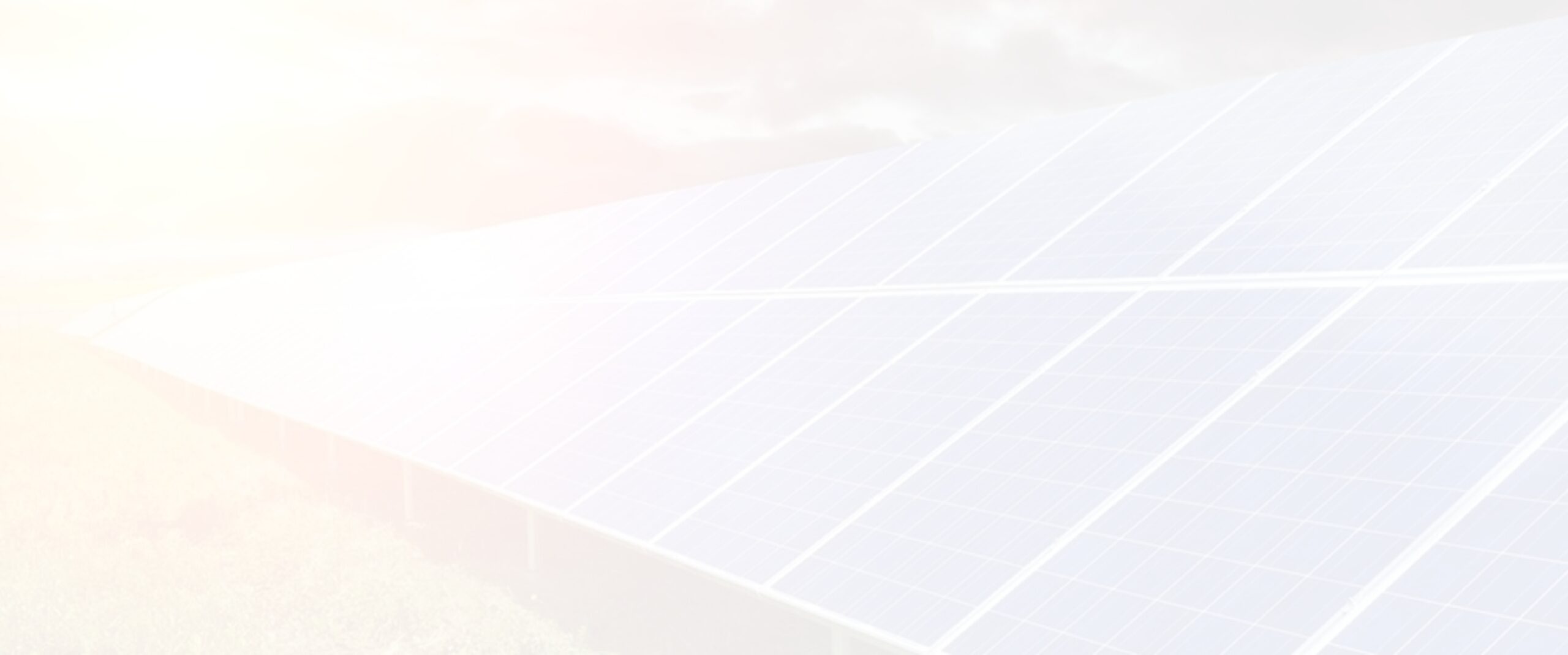Strategic Direction
The LIPA Board provides strategic direction through a set of governance policies. The Board’s policies define LIPA’s purpose and vision and set expectations for the strategic outcomes that management will deliver in the areas of reliability, customer experience, clean energy, affordability, information technology, and fiscal sustainability. The Board reviews each of its policies annually, and LIPA management reports on outcomes in reports to the Board for each policy.
LIPA’s Key Policy Objectives
- Top 10% reliability among peer utilities
- Improve circuit conditions that cause repeated customer outages
- Invest in system resiliency to reduce the number and duration of outages and assure timely and accurate communications to customers regarding restoration times from severe weather
- Independently verify that emergency restoration plans are complete and tested
- Deliver top 25% customer satisfaction in J.D. Power studies
- Continual improvement in ease of customer interaction, as measured by customer surveys
- Invest in technology to enhance the convenience of billing, payments, appointments, emergency restorations, etc.
- Effectively target communications across customer segments and socioeconomic groups, with particular attention to low income and disadvantaged communities
- Evaluate the success of LIPA’s rate options, clean energy programs, and other offerings by customer adoption and satisfaction and use the information to regularly review and improve LIPA’s offerings.
- Ensure the capacity of the information technology organization to deliver reliable, robust, and resilient systems, as measured by a Capability Maturity Model Integration level of 3 or higher
- Regularly upgrade information and operational technology systems to maintain all systems within their active service life and under general support from the product vendor
- Conduct quarterly internal vulnerability assessments and annual third-party vulnerability assessments and penetration testing of all information and operational technology systems and promptly mitigate vulnerabilities
- Maintain a level of 3 or higher on the NIST Cybersecurity Framework
- Achieve zero-carbon electric grid by 2040
- Demonstrate innovation and be recognized among the leading utilities in reducing economy-wide greenhouse gas emissions through energy efficiency and beneficial electrification
- Improve equity for disadvantaged communities
- Plan for a power supply portfolio that meets or exceeds industry standards for reliability
- Consider the benefits and costs of LIPA’s clean energy programs and power supply to achieve the greatest value for LIPA’s customers
- Competitively procure the least-cost resources and programs that meet LIPA’s clean energy and reliability objectives
- Regularly demonstrate efforts to minimize cost and maximize performance with contractual counterparties and through advocating with regulatory authorities for fair cost allocations for Long Island and Rockaways electric customers
- Prioritize investments for LIPA’s customers to balance cost and service quality
- Communicate the benefits and cost drivers of any rate increases to customers
- Maximize the value to customers of LIPA’s not-for-profit public power business model by using its tax-exempt cost of capital and eligibility for federal and state grants to reduce costs for customers
- Maintain competitive electric rates, as compared to the system average rates of those regional electric utilities that most closely resemble the costs, electric supply, and policy goals of LIPA’s service territory
- Aggressively manage costs, avoiding expenditures that do not advance LIPA’s purpose
- Offer programs to low-income and disadvantaged customers to maintain electric bills that are a reasonable percentage of household income
- Design electric rates that (i) are as simple and easy to understand as possible; (ii) provide customers with opportunities to save money; (iii) equitably allocate costs across and within customer classes; and (iv) encourage conservation, the efficient use of energy resources, and the transition to a carbon-free economy
- Employ innovative electric rate design based on industry trends and research, stakeholder feedback in statewide proceedings, LIPA-run collaboratives, and comments from the public
- Achieve AA-category credit ratings by reducing LIPA’s debt-to-assets ratio from 92% to 70% or less by 2030
- Maximize grants and low-cost funding sources
- Maintain fixed-obligation coverage ratios of no less than 1.40x on LIPA-issued debt and lease payments; and 1.20x on the combination of LIPA-issued debt, UDSA-issued debt, and lease payments
- Minimize LIPA’s need for coverage while maintaining fiscal sustainability by budgeting reasonable amounts and using reconciliation mechanisms for hard-to-predict cost categories (e.g. storms)
- Maintain cash-on-hand and available credit sufficient to fund business operations in emergencies
- Develop budgets and financial plans that maximize customer value and aggressively manage costs
- Provide LIPA’s customers and investors with timely, transparent, accurate, and useful information to evaluate LIPA’s financial performance and plans

2024 Transparency Plan
LIPA is committed to providing customers and stakeholders with a transparent view of our operations and decisions in service to our 1.2 million customers on Long Island and the Rockaways.
